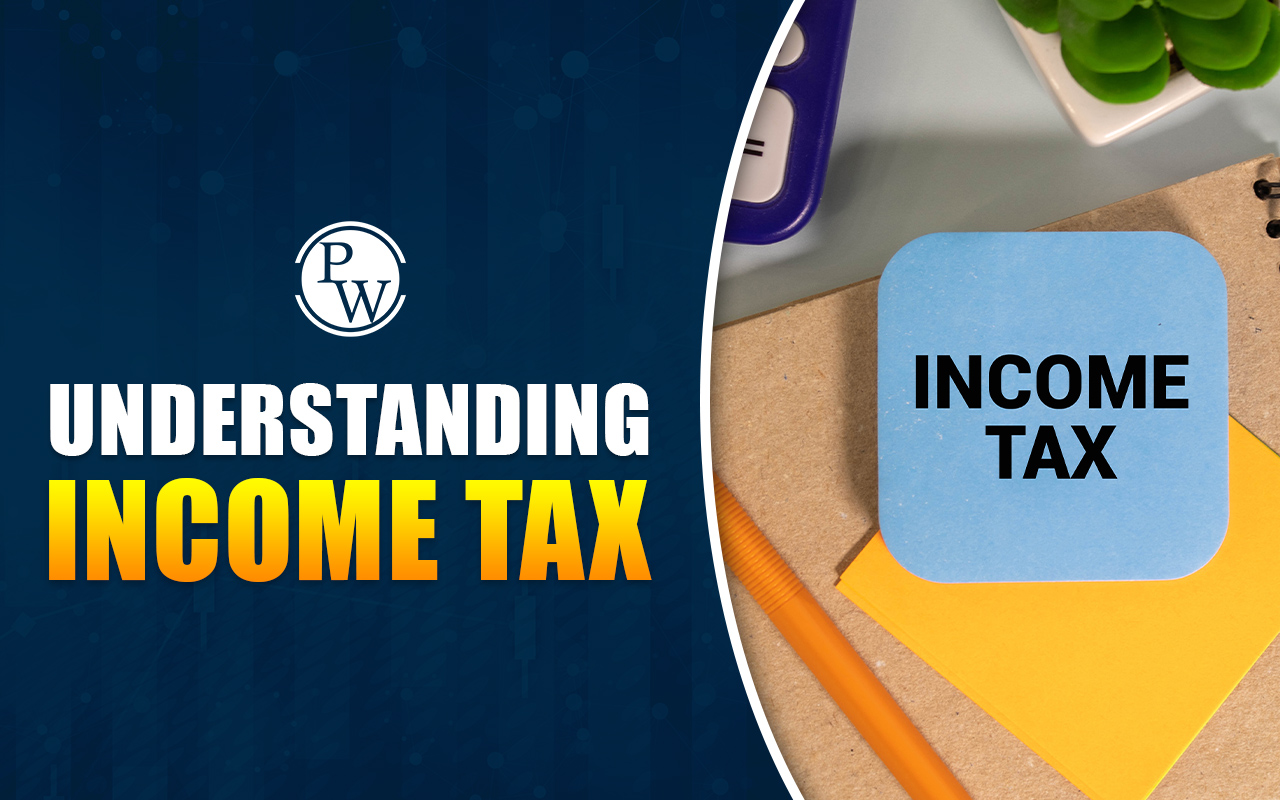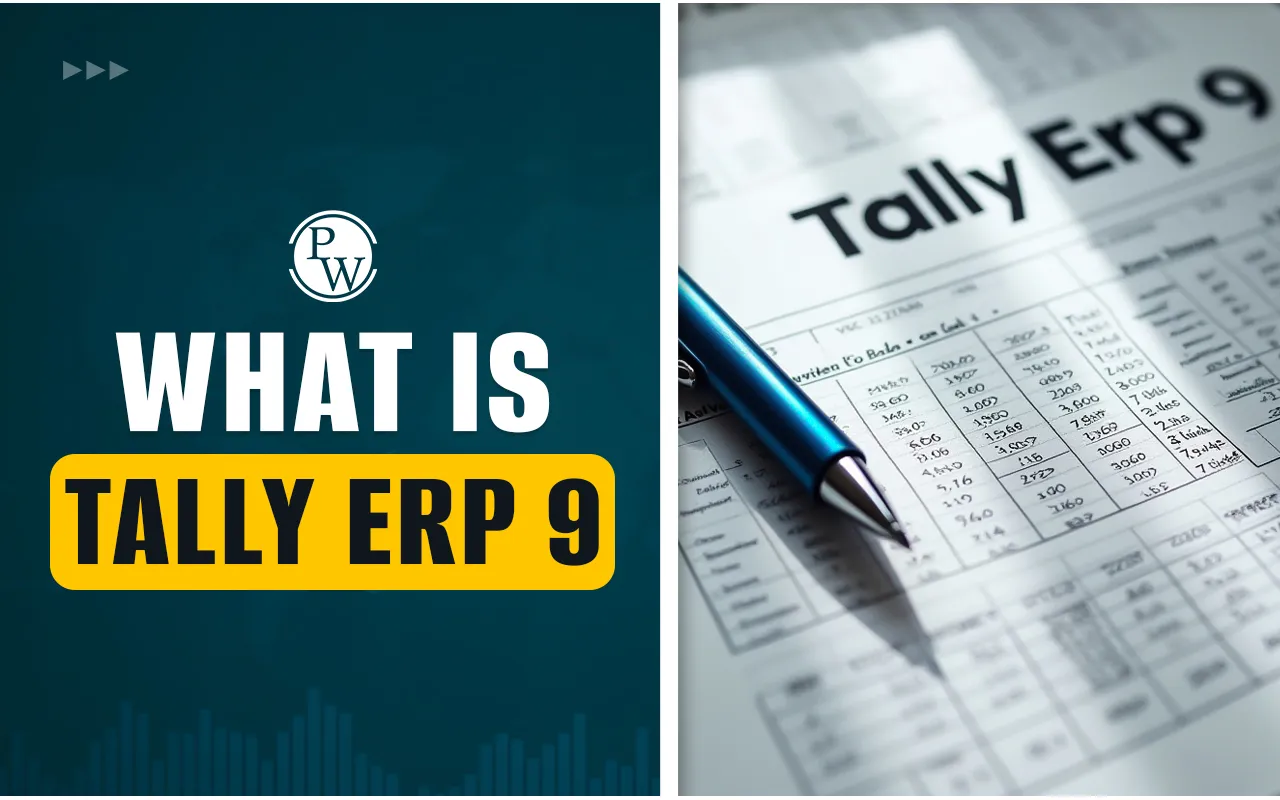
GST reconciliation serves as a foundational practice in a business's compliance strategy. It involves carefully reviewing and aligning GST returns with the corresponding internal financial records. This ensures that every transaction is accurately reported, helping businesses stay aligned with tax regulations. The reconciliation process not only supports accurate Input Tax Credit (ITC) claims but also builds a transparent financial system that minimizes disputes and errors.
What is GST Reconciliation?
GST reconciliation refers to the process of comparing the data submitted in various GST returns, such as GSTR-1, GSTR-2A/2B, and GSTR-3B, with the actual financial records maintained by a business. This comparison helps identify any mismatches or errors, ensuring that the tax liabilities and credits are accurately reported.
Also Check: Financial Modeling Techniques and Applications
Importance of GST Reconciliation
Understanding the significance of GST reconciliation helps businesses recognize its role in maintaining compliance and financial transparency. Below are the key reasons why reconciliation should be a regular part of GST management.
Ensures Accurate ITC Claims: By reconciling purchase data with GSTR-2A/2B, businesses can ensure that they claim the correct amount of ITC, avoiding over or under-claiming.
Avoid Penalties and Notices: Discrepancies between filed returns and actual records can lead to notices from tax authorities. Regular reconciliation helps in identifying and rectifying such issues promptly.
Facilitates Smooth Audits: Accurate and reconciled records make audits more straightforward, reducing the time and resources spent during the process.
Enhances Financial Accuracy: Regular reconciliation ensures that the financial statements reflect the true financial position of the business.
Also Check: How To Become a Financial Writer?
Procedure for GST Reconciliation
Before beginning the reconciliation, it's essential to understand the steps involved. A systematic approach helps in identifying mismatches and resolving them efficiently.
Data Collection: Gather all relevant data, including sales and purchase invoices, debit and credit notes, and previous GST returns.
Download GST Returns: Access the GST portal to download GSTR-2A/2B and GSTR-3B for the relevant periods.
Comparison and Matching:
- GSTR-2A/2B vs Purchase Register: Compare the ITC available in GSTR-2A/2B with the purchase register to identify any missing invoices or discrepancies.
- GSTR-3B vs GSTR-1: Ensure that the outward supplies reported in GSTR-1 match with those declared in GSTR-3B.
Identify Discrepancies: Look for mismatches in invoice numbers, dates, taxable values, and tax amounts.
Rectify Errors: Communicate with suppliers to rectify any discrepancies in their filings. Amendments can be made in subsequent returns as per the GST provisions.
Maintain Records: Document all reconciliations and communications for future reference and audits.
Also Check: Money Market Funds, What They Are, How They Work, Pros and Cons
Challenges in GST Reconciliation
Despite the importance of reconciliation, businesses often face certain practical difficulties while ensuring accuracy and compliance in their GST filings. These challenges may vary depending on the scale of operations and the digital maturity of the business.
Data Volume: Businesses with a high volume of transactions may find manual reconciliation time-consuming and prone to errors.
Supplier Non-compliance: ITC can only be claimed if the supplier has correctly uploaded the invoice details. Supplier non-compliance can lead to ITC mismatches.
Dynamic Nature of GSTR-2A: Since GSTR-2A is a dynamic form, suppliers' changes can alter the data, complicating the reconciliation process.
Leveraging GST Reconciliation Software
Businesses can utilize GST reconciliation software to address these challenges. These tools automate the reconciliation process, offering features such as:
Automated Data Import: Seamless integration with accounting systems to fetch data automatically.
Real-time Matching: Instant comparison of purchase records with GSTR-2A/2B to identify discrepancies.
Discrepancy Alerts: Notifications for mismatches in data, enabling prompt action.
Comprehensive Reporting: Detailed reports on reconciliation status, aiding in decision-making and compliance.
By adopting GST reconciliation software, businesses can enhance accuracy, save time, and ensure compliance with GST regulations.
Regular and accurate GST reconciliation is essential for businesses to maintain compliance, optimize ITC claims, and ensure financial accuracy. By understanding the importance and following a structured procedure, businesses can navigate the complexities of GST with confidence. Leveraging technology through GST reconciliation software further streamlines the process, making it more efficient and less error-prone.
PW Tally Course
Starting a career in this field requires a strong foundation in accounting principles and practical knowledge of Tally software. Acquiring certifications, such as "PW TallyPrime Basic with GST Essentials (Tally Certification)," can give candidates a competitive edge. This program equips aspirants with the necessary skills and understanding of GST essentials, paving the way for a successful career.
GST Reconciliation FAQ
Why is GST reconciliation important for businesses?
How often should a business perform GST reconciliation?
What is the difference between GSTR-2A and GSTR-2B in reconciliation?
What are the common reasons for mismatches during GST reconciliation?










